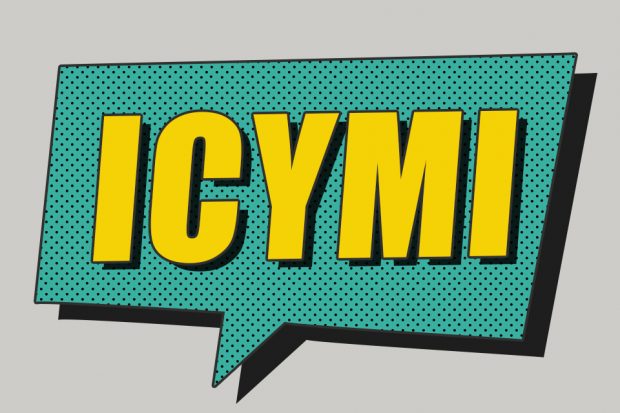What Does Sic Stand for in Business
https://companieshouse.blog.gov.uk/2018/08/21/acronyms-and-initialisms-sic-codes/
What's the difference?
An acronym is a word or name formed as an abbreviation from the initial letters in a phrase or a series of words. For example, laser (light amplification by stimulated emission of radiation) or WIPO (the World Intellectual Property Office).
An initialism is a set of initials representing a name, company, or the like, with each letter pronounced separately. For example, BBC (British Broadcasting Corporation), USA (United States of America) and this year's hot topic, GDPR (General Data Protection Regulation). I bet you knew those.

In today's digital arena, with text messages and emails, we seem to be using them more and more. For example, LOL (laugh out loud), TBH (to be honest) and WTF (wow, that's fun).
Certainly, if you work in an office environment, you've probably been using them for years. But, outside your organisation they may have no meaning.
Within Companies House we have hundreds – COT (customer operations team), VIB (visual information board), FES (front end scanning), to give just a few. We try to avoid using them on our website and for the most part we're successful. But, one you'll need to know if you're starting your company, is the SIC code.
The SIC or standard industrial classification code must be included in your application to incorporate a company. SIC codes identify the area of business in which you trade. They're used to track the number of companies in different industries. This helps us to see trends emerge and to track the health of different parts of the economy.
To find your code, we have a list divided into trade groups. You can search this list by code number or by trade description.

For example, if you're an accountant, then section M (Professional, scientific and technical activities) is your area and code 69201 (accounting and auditing activities) is the perfect fit.
If you repair cars, you'll probably fall into section G (wholesale and retail trade), repair of motor vehicles and motorcycles. The code 45200 (maintenance and repair of motor vehicles) would be most applicable.
You're allowed to choose up to 4 SIC codes, as your services or products may be varied. So, if you sell used cars as well as repair them, you could add code 45112 (sale of used cars and light motor vehicles) to the code 45200 above.
Even if your company is dormant (99999) or non-trading (74990) you'll still need to give us a SIC code.
You can also change your SIC code. You might have started trading, or the principal activities of your business could have changed. You can do this when you file your next confirmation statement. There's no need to change it before the filing deadline, but you can send us an early confirmation statement if you want to.
So, there you have it. Not only do you know the difference between an acronym and an initialism – you now know what a SIC code is, how to choose one and when to file it.
Now, let's set you a little test. In Thunderbirds, what does FAB stand for?
To keep in touch, sign up to email updates from this blog, or follow us on Twitter.
What Does Sic Stand for in Business
Source: https://companieshouse.blog.gov.uk/2018/08/21/acronyms-and-initialisms-sic-codes/